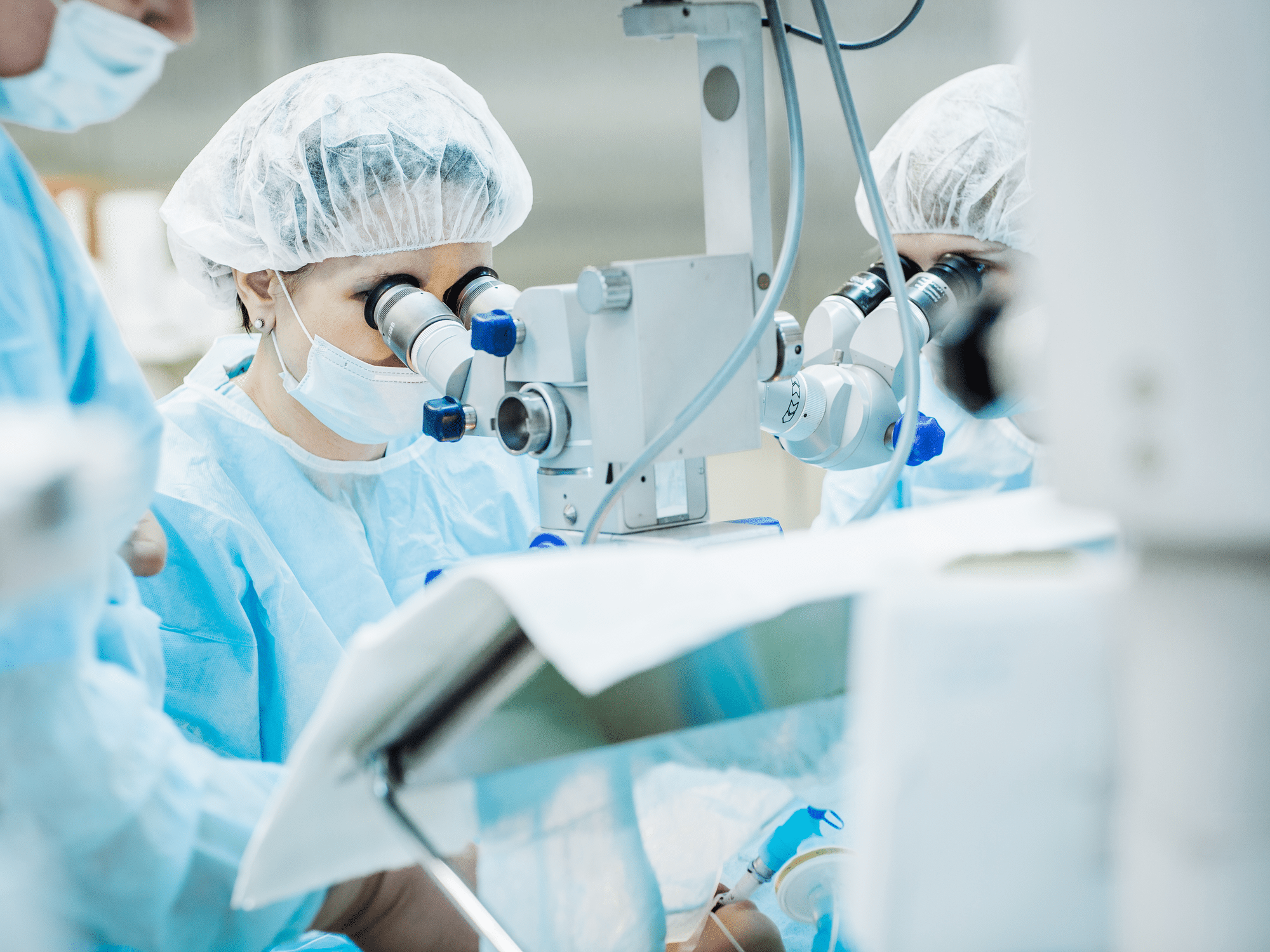Posted by: Manhattan LASIK Center

Generally, most people who undergo laser vision correction achieve 20/20 vision or even better. However, the treatment’s results depend on several factors, including the level of refractive error. Essentially, LASIK works by reshaping the cornea to ensure that light focuses correctly on the eye’s retina.
The most commonly performed vision correction procedure in the United States is LASIK. It is extremely popular thanks to its results and quick recovery period. This treatment uses an excimer laser.
The excimer laser is a computer-controlled laser that makes it possible for eye doctors to gain precise control of the tissue removed from the eye’s cornea. It allows them to fold back the corneal flap, allowing access to the deeper layer of the cornea to reshape it using the excimer laser. Compared to PRK, an earlier version of laser vision correction technology, LASIK boasts a more comfortable and faster recovery period.
Are There Different Kinds of Laser Vision Correction?
Companies are marketing a wide range of laser vision correction technologies today. They range from what many people consider to be obsolete to state-of-the-art technologies. Your choice will depend on your specific condition. In order to determine which laser vision correction technology and procedure will fit your unique needs, you need to consult a qualified and experienced LASIK eye surgeon, like the experienced team at Manhattan LASIK center.
SMILE LASIK
The term SMILE LASIK also known as ZEISS SMILE, was approved by the FDA back in 2016. This laser eye procedure uses a femtosecond laser to create the lenticule, a thin contact lens-shaped layer of tissue, just beneath the surface of the eye. The lenticule is then removed from a tiny 4mm incision created by the laser, with minimal disruption to the cornea.
This procedure is less invasive than regular LASIK. Furthermore, the cornea is left biomechanically stronger after SMILE compared to other forms of laser vision correction. It also reduces the common dry eye condition that may occur with other forms of laser vision correction.
Benefits of SMILE
- Quicker healing
- Retained corneal strength
- Comfortable recovery
- Less complications
- Reduced chance of developing post-operative dry eyes
Bladeless LASIK
Also known as all-laser LASIK, bladeless LASIK is one of the latest technologies in LASIK. Instead of using a blade, your LASIK surgeon uses an individual laser known as a femtosecond laser to create a flap in the patient’s cornea. Since a laser forms the flap, the resulting flap will have equal thickness and cleaner edges. It will also heal faster.
Benefits of Bladeless LASIK
- Increased comfort during the procedure
- Clearer and sharper vision than ever before
- Increased safety
- Faster recovery
- The procedure takes around 20 minutes to complete
That said, the expertise and experience of your surgeon will play a vital role in the success of your laser eye surgical treatment.
For more on the latest technologies in LASIK, contact Manhattan LASIK Center at our office in Manhattan, New York. You can call (212) 759-9617 to schedule a FREE consultation.

